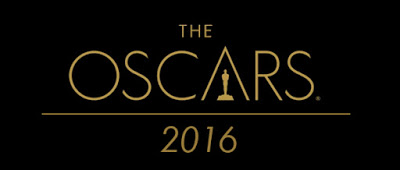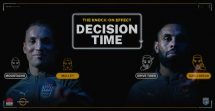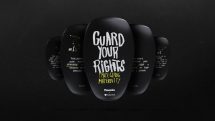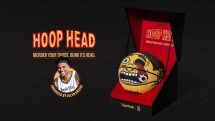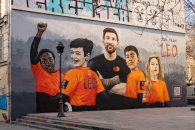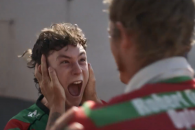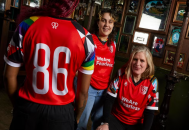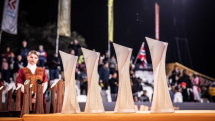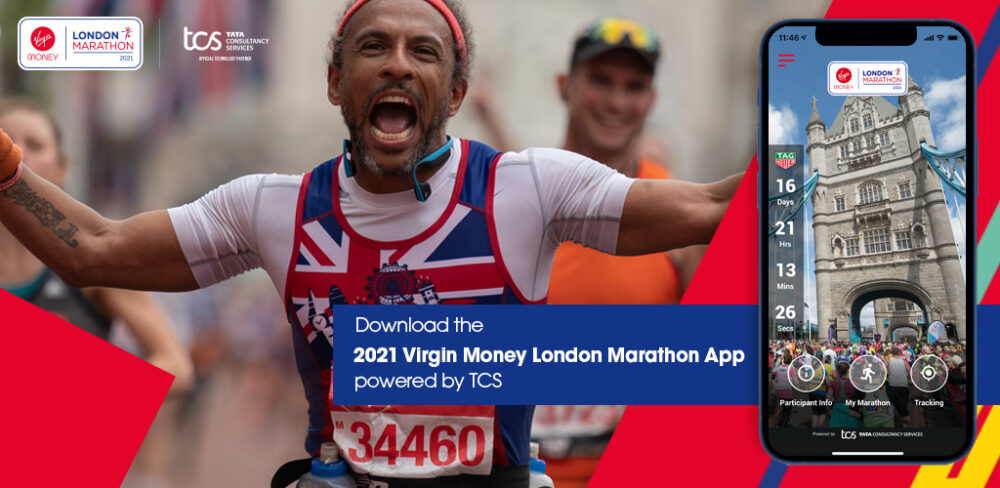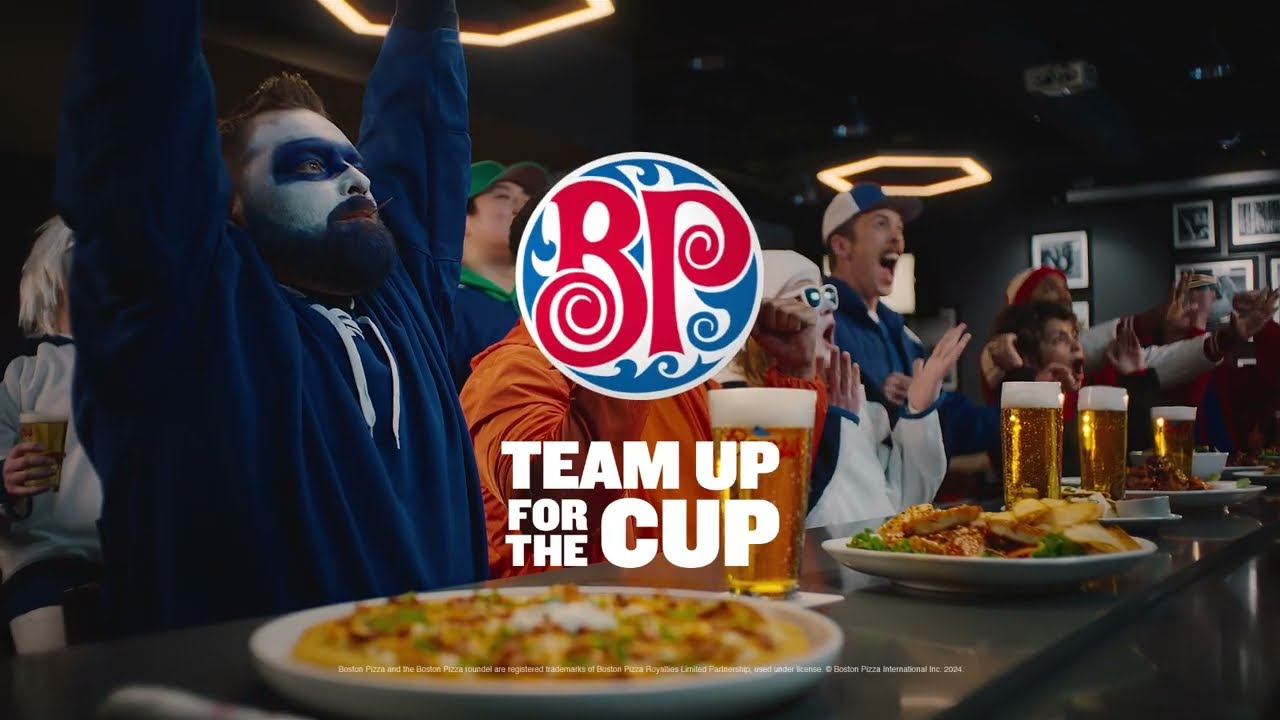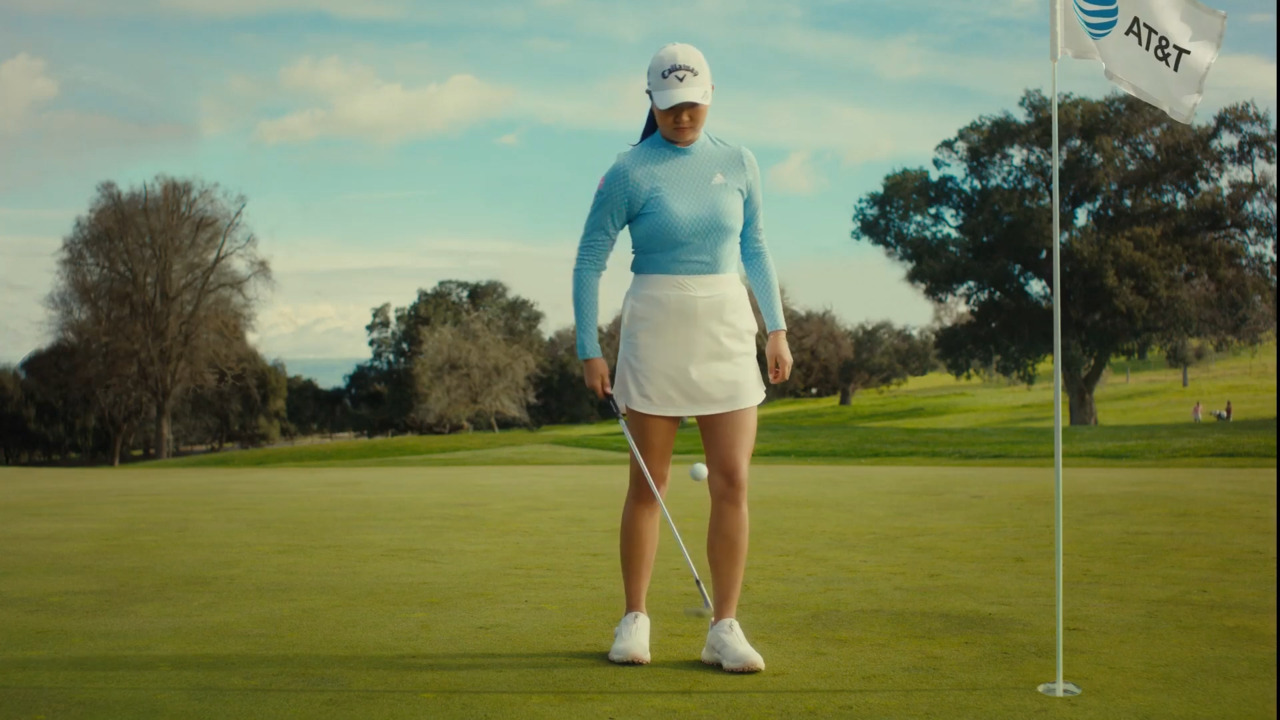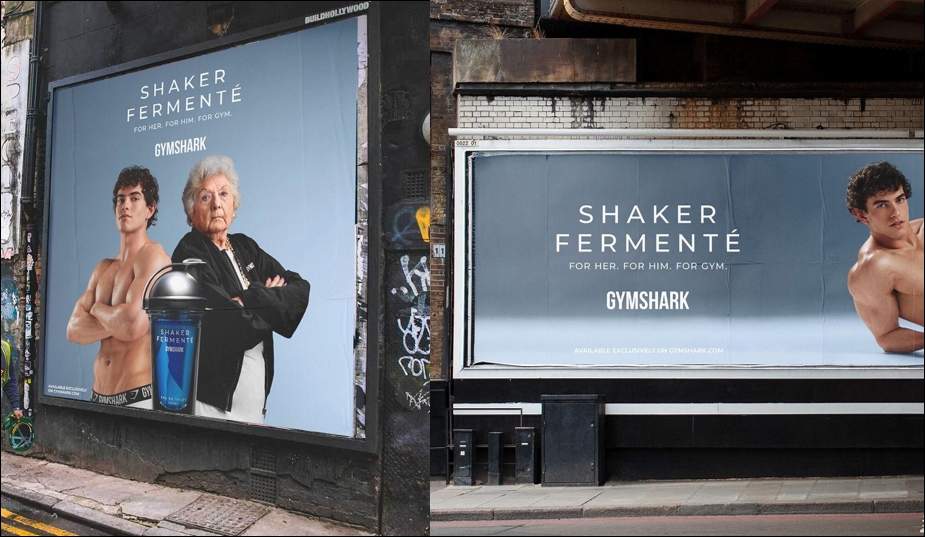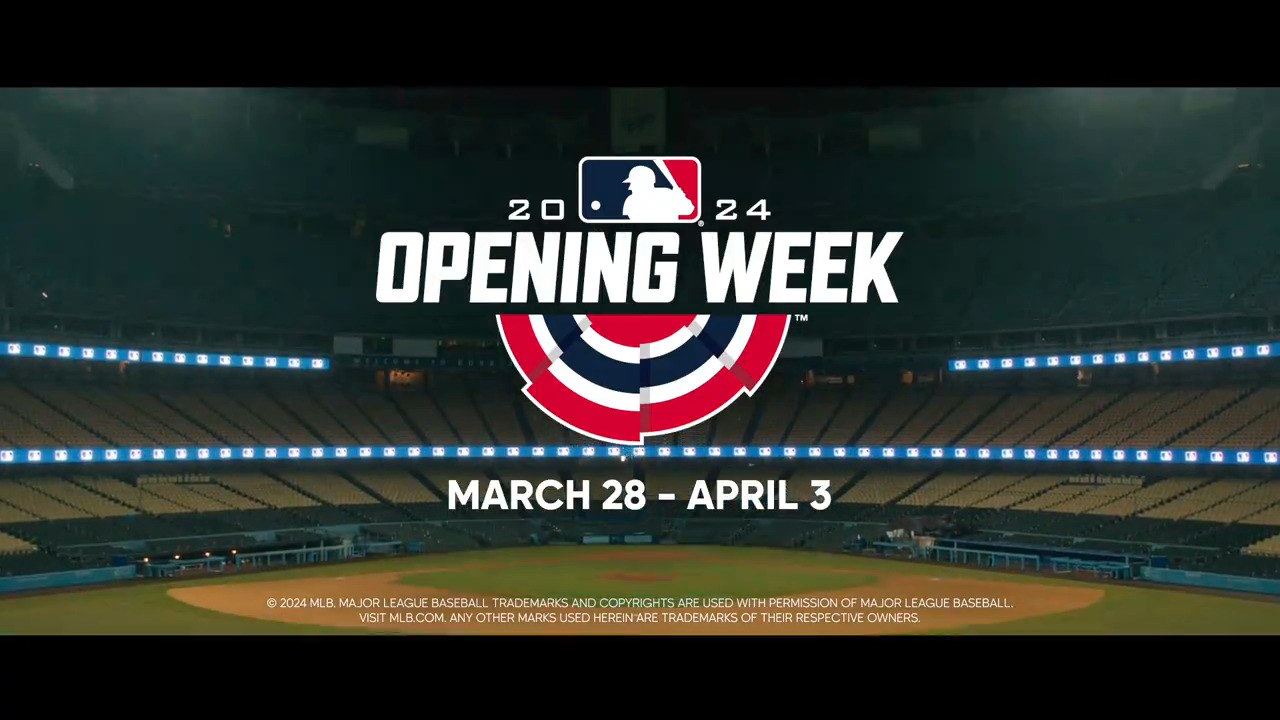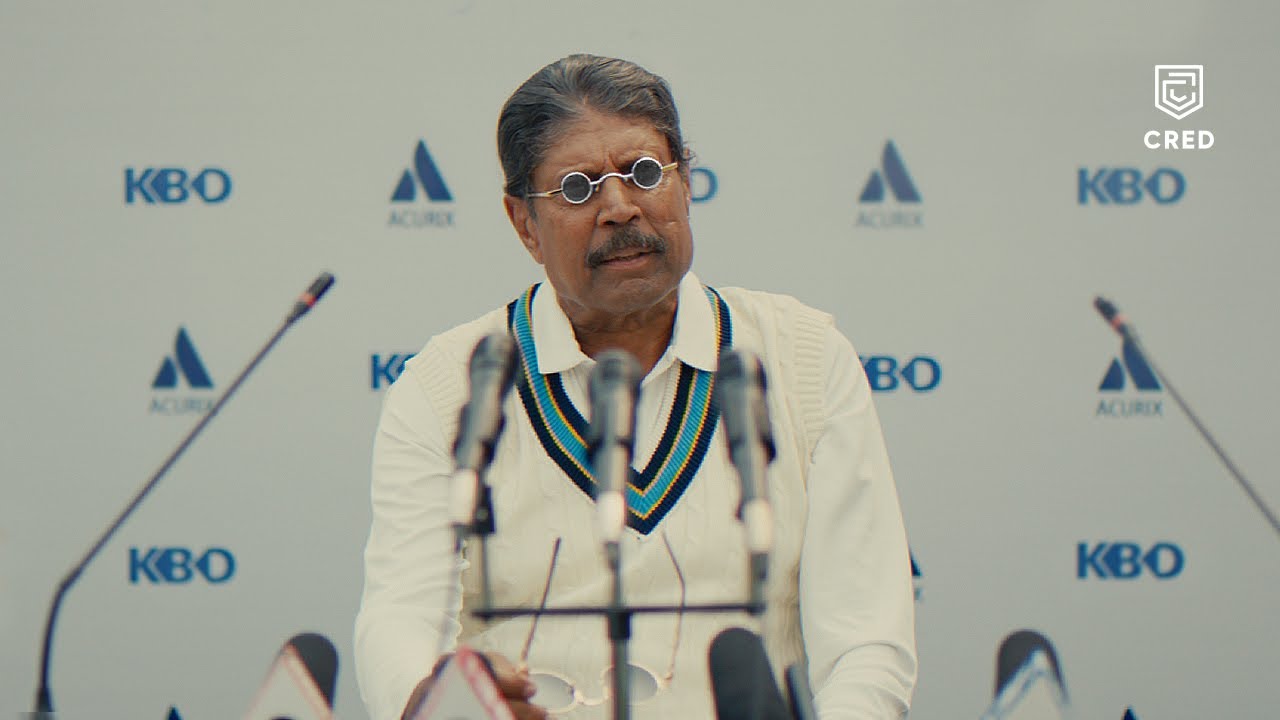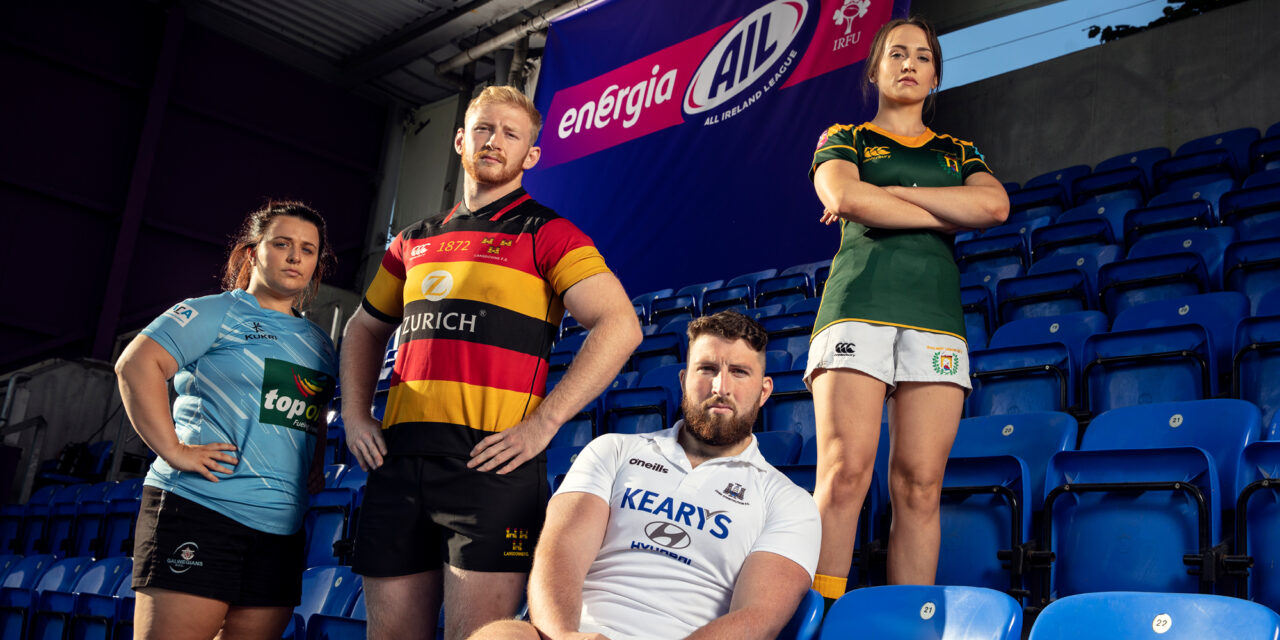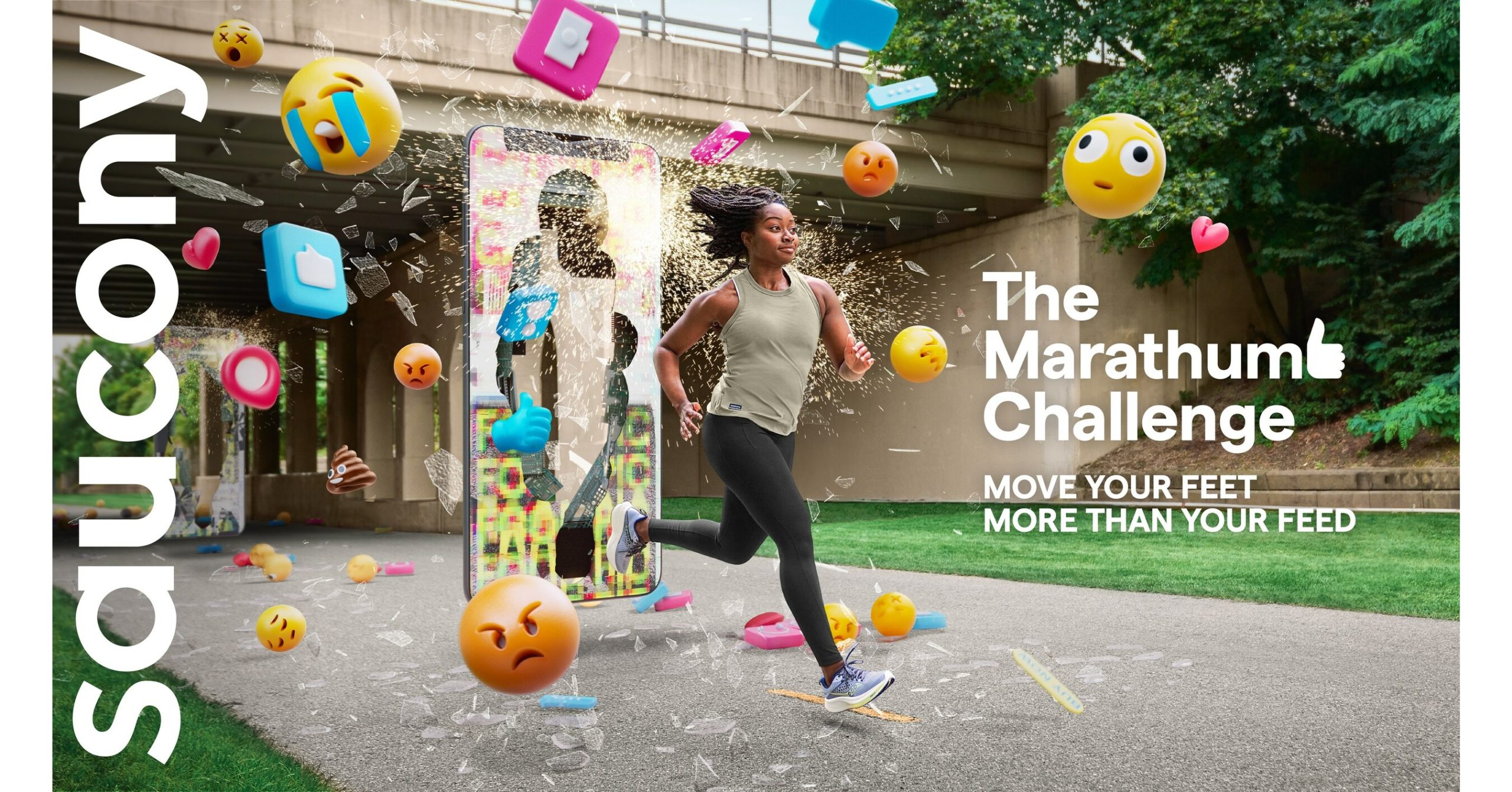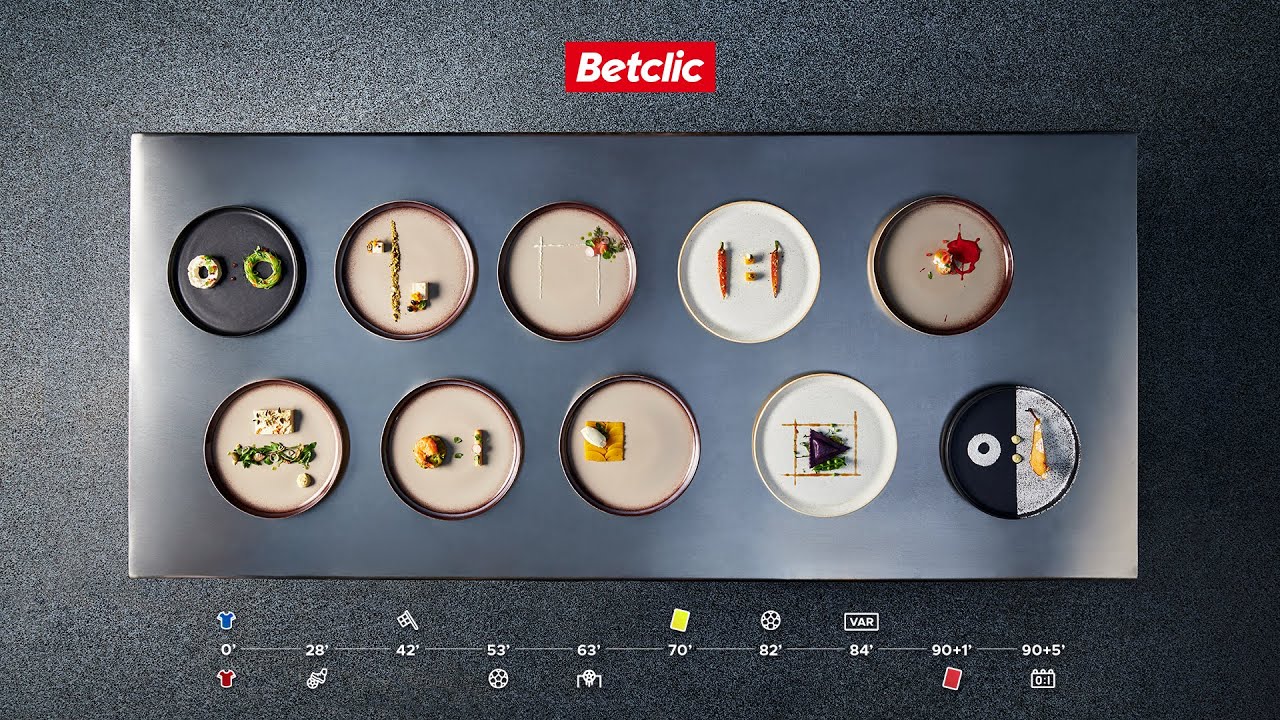The Oscars, despite falling TV audiences, remains an A-List property for the very biggest advertisers.
Sponsors like Cadillac and Kohl’s, plus ad-space buyers like IBM, McDonald’s and Samsung were among the brands spending record sums (around $2m per 30-seconds) to be part of the awards ceremony: in fact Cadillac’s ‘Rewind Time’ ad (which aired in ABC’s telecast at 11pm) topped TVision’s Attention Index, followed by one of Kohl’s four spots.
Despite the record cost of commercials, the 88th Oscars (held on 28 February at LA’s Dolby Theatre and aired live once again by the Academy of Motion Picture Arts and Sciences’ (AMPAS) long-time broadcast partner ABC and televised live in 225 countries) draw its smallest TV audience for 20 years.
According to Nielsen, the 34.3 million viewers who tuned in was 8% down on last year and the third lowest live audience since 1974 (the two lowest were 2003’s 33m and 2008’s 32m).
Perhaps even more crucially, it drew just a 10.4 rating among the critical demographic of adults ages 18 to 49 (around 13.2 million viewers).
So why does ad space cost more than ever?
Well, the Oscars remains a huge event for sponsors and advertisers partly because, despite the drop, it is still sure to be 2016’s biggest US entertainment TV show – a golden event (like The Academy & ABC’s own 2016 promo campaign).
Little surprise then that the Disney-owned ABC network, which has telecast the Oscars since 1976 and holds the rights through 2020, brings in around $100m in ad revenue from the event (much of which goes to AMPAS in return for rights to air the ceremony).
Media fragmentation is partly behind the declining audience numbers, while the rarity of live, family-friendly TV content typically means better ad retention, less time-shifted viewing and ad skipping and thus higher costs.
Plus, ABC is keen to highlight the rise in millennial adults aged 18 to 34 (a key target for big ad buying sponsors like Cadillac and Kohl’s) up from a 9.3 rating last year to a 9.4 this and millennial men up 20% percent from last year.
Marketing headlines in recent year’s have been hogged by stunts (think Lego’s Oscar statuettes) and selfies (think Ellen’s Samsung star-studded snap which broke Twitter records), and this year’s stand out stunt was host Chris Rock’s cause placement for the Girl Scouts Cookie Sale.
While key activation tactics and commercial themes included ads based around ‘acceptance speeches’ (both serious like Kohl’s and spoofs like McDonald’s and Delta) and campaigns linking brands to the idea of creative inspiration and film-based ‘native’ work (eg Getty Images’ campaign).
Of course there was plenty of real-time social innovation too – especially from Twitter itself.
Twitter created a custom emoji in the form of a framed golden statue tied to the #Oscars hashtag (these days, if there isn’t want then a property can’t claim to be a major event), while its live-streaming strand Periscope encouraged film fans to re-enact scenes from the best picture nominees using the same hashtag along with #onetake.
Plus, Twitter itself measured the conversation around the Best Actor/Actress and Director contenders to see who’d win if votes were measured by tweets and it also analysed which contenders were most likely to engage with their followers by measuring how often nominees replied to, liked or retweeted fan messages in the 30 days after their nomination announcement.
This Twitter work further boosted brand activity on the platform – which this year included IBM’s artificial intelligent robot characters live tweeting The Oscars.

